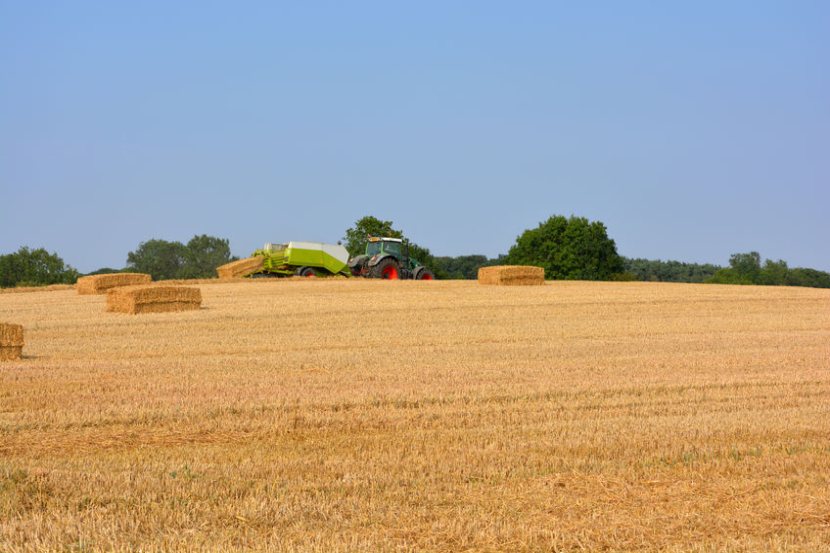
Forty farms across the UK will be the first to be assessed to determine their carbon footprint as part of a new initiative by the AHDB.
Chosen to represent a range of regions, systems and sectors, the farms will be assessed to identify and quantify all activities or inputs that come with a carbon footprint.
According to the AHDB, this can be anything from diesel, electricity, feed, and fertiliser, for example.
It will be carried out by SAC Consulting and ADAS from now until March 2021, with results leading to bespoke mitigation measures in detailed carbon action plans.
Dr Jonathon Foot, AHDB’s head of environment said: “Once this is established, we can then calculate the carbon to output ratio, i.e. how much carbon is being emitted per unit of output.
"This will then be assessed or benchmarked to determine where savings lie, and a bespoke plan created."
Mitigation activities for arable could be changing cultivation routes to save on fuel or manure application times to optimise nutrient absorption. For livestock, growth rates are one of the biggest carbon savings.
Tim Isaac director of knowledge exchange at AHDB, added that farmer input and actions were where the successes lie.
“Implementing changes on farm can sometimes be a challenge and concerns are often raised about cost implications and wider impacts on productivity," he said.
"However, evidence generally points towards ‘better for the environment equals better for businesses, so there are potentially benefits to be had all around.
“The key part of these assessments will be the identification of the specific measures the individual farms can take – while some will be unique to each one, we also expect some common themes to emerge.
"This will allow us to develop case studies and share practical tips and learnings widely through our knowledge exchange activity”.
The first cohort of farms will consist of 13 cereal and oilseed growers, 10 beef and lamb producers, 10 milk producers, 4 pork producers and 3 potato growers.
